【あだちミステリーハンター】新選組・近藤勇の最期の19日間。 〜綾瀬に想う 時代に翻弄された男の人生〜
 2018年6月7日
2018年6月7日 2022年1月20日
2022年1月20日
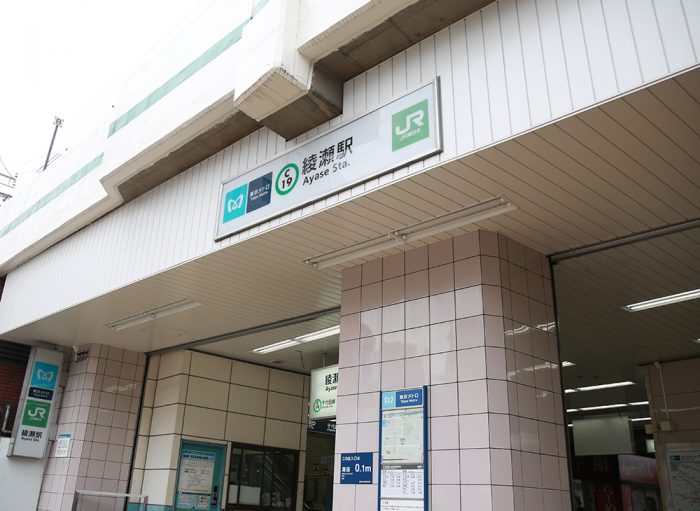
「足立区の北綾瀬駅からすぐにある足立区立しょうぶ沼公園では、約140種、8,100株の色とりどりのハナショウブを楽しむことができますよ!」
と、足立区の観光交流協会の方に教えられた“あだちミステリーハンター”の私は、今回は綾瀬周辺を調査してみることにしました。
前回の毛長川では、毛長姫にまつわる悲しい物語と、毛長姫とその夫を祀る神社がいまでは向かい合っているという心温まる物語がありました。綾瀬にもミステリーがあるかもしれない。そんな期待もありながら、綾瀬に向かいました。
公園が多い街・綾瀬に残る新選組の伝説
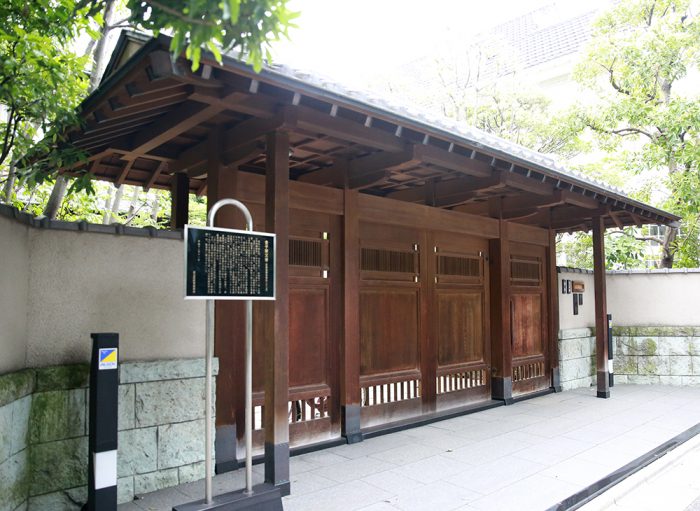
しょうぶ沼公園は、東京メトロ千代田線北綾瀬駅からすぐですが、あえて綾瀬駅から散策することにしました。というのも、綾瀬から北綾瀬への道程には、多くの公園が点在しており、興味がそそられたからです。
すると、まあ、小さいものから大きいものまで公園の多いこと!お散歩もはかどります。この都立東綾瀬公園は、プールやテニスコート、野球場などが併設された広大な公園で、地域住民の憩いの場となっています。
地図(グーグルマップ)を見ながら都立東綾瀬公園を歩いていると、“ポルナレフの亀池”という池を発見!
えっ?オラオラですか?と心が湧き立ちましたが、某大人気漫画との関連性は、残念ながら発見することができませんでした。
「これもあだちミステリーだな……」
“な…何を言っているのかわからねーと思うが、俺も何をみつけたのかわからなかった…頭がどうにかなりそうだった…”と早くもミステリーをひとつ見つけたことに浮かれながら、散策をつづけます。
すると、「五兵衛公園」や「八か村落とし親水緑道」など名前だけで興味をそそるスポットを発見しましたが、もっとも驚いたのは、綾瀬川の近くの「五兵衛新田 金子家 甲陽鎮撫隊(こうようちんぶたい)滞在地」という遺構(いこう:昔の構築物やその一部が地面や背中に残った跡)です。
「甲陽鎮撫隊って昭和のアイドル?」って、違いますよ。
皆さん、幕末に活躍した剣客集団・新選組はご存じですよね?彼らは鳥羽伏見の戦いで敗れた後に、江戸に帰還しました。その後、幕府軍の勝海舟に甲州(当時の山梨県)の鎮撫(ちんぶ:反乱や暴動をしずめて民を安心させること)を命ぜられた新選組が改称した名前が、甲陽鎮撫隊なのです
一体、綾瀬の地と新選組にはどんな縁があるのでしょうか?
鳥羽伏見の戦いに敗れた新選組
「今宵の虎徹(こてつ)は血に飢えている」
講談や舞台、ドラマで新選組局長(一番えらい人!)である近藤勇の決め台詞です。虎徹(こてつ)とは、近藤勇の愛刀と伝わる日本刀です。京都の治安維持にあたっていた新選組は、倒幕勢力の取締を行い、夜な夜な刀を振るっていたと言われています。
新選組は、ゲームや漫画の題材になることも多く、現在でも非常に高い人気を誇っています。
鬼の副長と呼ばれた土方歳三や若き天才剣士・沖田総司の名は皆さんも耳にしたことがあるでしょう。
諸説ありますが、近藤勇の虎徹、土方歳三の和泉守兼定、沖田総司の菊一文字など隊士が使用していた刀も有名ですよね。
さて、金子家の案内板には、下記の通りの記述があります。(※建物内部は非公開)
「金子家文書(新選組関係資料二十一点)
幕末の動乱期、当金子家に、新選組の一隊(当時は甲陽鎮撫隊)が半月余にわたって滞在していた。
〜中略〜
新選組の当地滞在期間は、慶応四年(一八六八)三月十三日から四月一日までの二十日間。人数は当初四十八人から次第に増加して、終りの頃には二百三十余人に達し、金子家ほか近くの観音寺に分宿していた。
〜後略〜」
慶応四年(1868年)の9月8日に、元号は明治に変わります。つまり新選組が綾瀬の土地に来たのは、先述の通り、幕府軍が戊辰戦争の初戦である鳥羽伏見の戦いで新政府軍に敗れ、江戸に戻ってきたタイミングになります。そして、局長である近藤勇が斬首(ざんしゅ)されたのは、慶応四年の4月25日。
つまり、近藤勇は死の直前に綾瀬に滞在していたことになります。
今回は、あだちミステリーハンターの調査をもとに個人的な見解を交えながら、近藤勇の最期の19日間を追ってみたいと思います。
新選組はどのようにして綾瀬にたどり着いたのか?
ここで新選組の時歴を少しだけ振り返ってみましょう。歴史が苦手な方は、ちょっとだけ我慢してくださいね。
京都で暗躍する倒幕派の不逞浪士(ふていろうし)の取締を目的に、新選組の前身である浪士組が結成されたのは、文久三年(1863年)。その後、内部抗争を経て、新選組の中核を担うようになったのは、近藤勇、土方歳三、沖田総司、井上源三郎ら天然理心流と呼ばれる剣術流派の同胞たちです。
天然理心流は、江戸・多摩地域に多くの門下生をもった流派でした。しかし、門下生の多くは近藤らと同様に農家の子弟がほとんどだったようです。
そんな彼らは幕末の動乱期で鍛え上げた剣術を武器に、池田屋事件、禁門の変などの歴史的な事件で活躍し、一躍日本全国にその名を華々しく広めていきます。
そして、慶応三年(1867年)6月には、近藤勇や土方歳三は幕臣に取り立てられるという異例の出世を成し遂げます。新選組が結成されてからわずか3年余り。
しかし、新選組の絶頂期も長くはつづきません。
徐々に倒幕派は勢力の巻き返しを図っていき、ときの将軍である徳川慶喜は明治天皇に政権を返上してしまいます(大政奉還)。これが慶応三年(1867年)10月のことですから、幕臣に取り立てられてから、わずか4カ月後です。
翌年、「鳥羽伏見の戦い」が勃発し、旧幕府軍は敗北。新選組は江戸に戻った後、勝海舟に「君たち新選組はとても強いから、山梨県まで来ている新政府軍を倒してきてくれ!」と言われ、甲府に向かいますが、ここでも惨敗してしまいます(甲州勝沼の戦い)。
一説によると、近藤勇は、地元に錦を飾るため大名のようにきらびやかな行列で、ゆっくりと戦地に向かったことで、新政府軍に先手を取られてしまったとのことです。
五兵衛新田での新選組の19日間
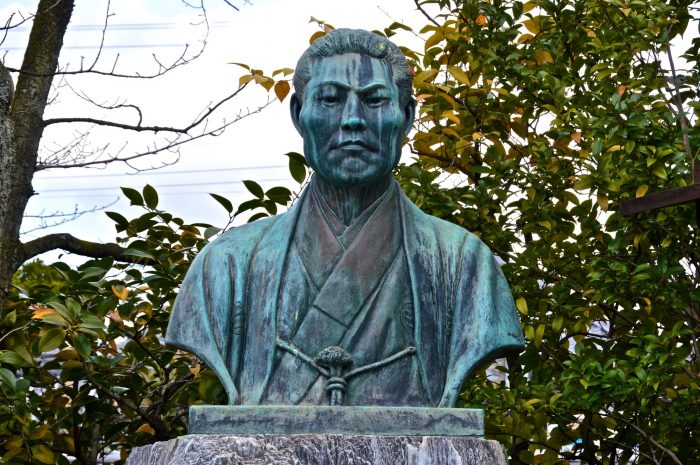
遠回りをしましたが、新選組が綾瀬・五兵衛新田の金子家にたどり着くまでの経緯はこのようなものになります。実はこのときの新選組は、天然理心流の仲間が散り散りになり、結成当時の隊員はほとんどいない状況です。
土方歳三は「甲州勝沼の戦い」の直前に、江戸に援軍を頼みにいき、沖田総司は肺結核のため療養。
井上源三郎は、鳥羽伏見の戦いで戦死しています。
京都時代の華やかな活躍とは一変して、信頼できる仲間も減り、敗戦つづきの失意のなかで近藤勇は、綾瀬に着くのです。
「金子家文書」は、「おぼへ」「書簡」「乍恐以書付奉申上候」(おそれながら書付けをもって願いたてまつりそうろう)など五兵衛新田での新選組の生活がうかがい知れる貴重な資料です。
当初は48人だった逗留(とうりゅう:滞在すること)人数が、土方歳三なども合流し、最終的には200人を超える部隊となったそうです。そのため、金子家だけでは収容しきれず、新選組の面々は近くにある観音寺と滝二朗宅に分宿したと伝えられています。「おぼへ」には、当主である金子健十郎が、200名以上の食料や日用雑貨、燃料などの物資を提供したことが記されています。
五兵衛新田の人々にとっては、大きな出費だったでしょう。
しかし、金子健十郎は旧幕府軍への奉公のため承諾します。
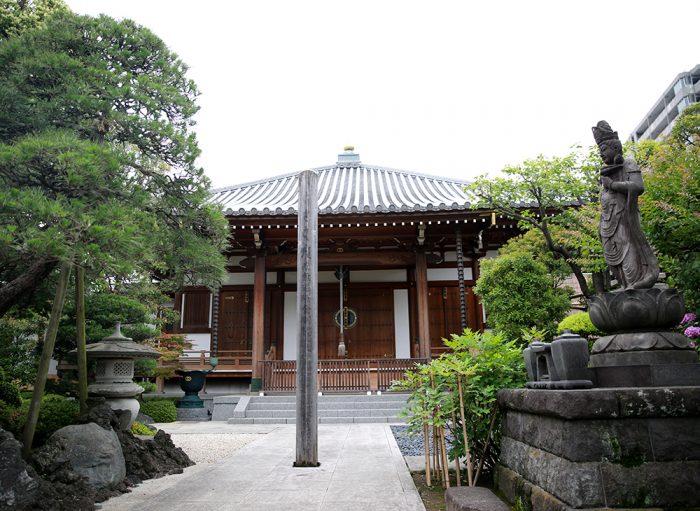
時代に翻弄された新選組
綾瀬での逗留は、戦続きだった新選組にとって束の間の休息だったことは間違いありません。
しかし、新政府軍の江戸城攻撃がいまにも始まろうとしていたのです。
慶応四年3月の歴史は実に目まぐるしい。幕府の高官は、新選組を甲州に向かわせる一方で、新政府軍の江戸城攻撃を回避するために、さまざまな交渉を行っていたのです。
以下に歴史的な動きをまとめてみました。新選組は時代に翻弄されていたことがわかります。
新選組と世の中の動き
3月6日
甲州勝沼の戦いが勃発、敗戦。
新政府軍が江戸城の総攻撃を3月15日に行うことを決定。
3月7日
徳川慶喜の謝罪状・嘆願書が新政府軍に届けられるが、西郷隆盛が甲陽鎮撫隊の抗戦を咎め、嘆願は認められず。
3月9日
幕臣・山岡鉄舟が勝海舟の使者として西郷隆盛に江戸城攻撃回避の会談を行う。
3月12日
結成当初の隊員である永倉新八と原田左之助が離隊。
3月13日
勝海舟と西郷隆盛の第一回目の交渉を行う。
近藤勇、五兵衛新田・金子家に到着。
3月14日
勝海舟と西郷隆盛の第二回目の交渉。江戸城無血開城が決定。
五箇条の御誓文
4月1日
新選組、五兵衛新田を出立し、下総流山へ向かう。
4月3日
近藤勇、流山にて新政府軍に包囲され、投降。
4月11日
江戸城無血開城。
4月25日
近藤勇、板橋刑場にて処刑。
<青が新選組の動向/赤が旧幕府軍と新政府軍の動き>
旧幕府軍の命令によって、「甲州勝沼の戦い」に挑んだのは先述の通りですが、それと同時に旧幕府軍は新政府軍に降伏条件の提示を行っていました。手痛い敗戦の退却の途中、結成以来のメンバーにも離隊された近藤勇の心情はいかばかりだったでしょうか。
「ああ、なんとも不運なことだ……」と嘆いたのでしょうか。
「なぜ、徳川家は降伏する!?まだまだ戦いは終わらない!」と憤慨したのでしょうか。
「もはやこれまで。人生とははかないものだ」と諦めの境地でしょうか。
そんな近藤勇が、ようやく五兵衛新田・金子家に到着した翌日に、江戸城の無血開城が決定しているのです。
旧幕府軍は徹底抗戦派と恭順(きょうじゅん)派、新政府軍にも強硬派と寛容派が存在し、その後も戊辰戦争はつづきます。
新選組も土方歳三が箱館戦争まで戦いつづけます。
しかし、近藤勇はすべてを諦めたかのように下総流山で降伏。
処刑された後には、京都三条河原で梟首(きょうしゅ)され、賊軍の扱いを受けてしまいます。満33歳という若さでした。
五兵衛新田での19日間で、近藤勇は最期の身の振り方を悩みに悩み抜いたのではないかと想像してしまうのです。
刻一刻と代わりゆく戦況と言い知れぬ不安。そして、結果的に最期まで戦い抜いた副長の土方歳三と口論もあったのでしょう。
戦い抜く道もあったはずです。
剣一本で幕臣にまで昇りつめた男が、この地でなにを考えたのでしょうか?
綾瀬川を見つめて思いにふけることもあったかもしれません。
金子家からほど近い、綾瀬稲荷神社で剣術の稽古をしたかもしれません。
(※ちなみに五兵衛新田という地名は、この土地を金子健十郎の祖先である金子五兵衛が中心となって開拓したため名付けられている。綾瀬稲荷神社は、この地の人々が建立し、別名“五兵衛さま”と呼ばれることもあるそうです)
眠れない夜は、綾瀬から見える月を眺めたのでしょうか。
子どもと一緒に遊んだこともあったでしょう。
現在の「五兵衛公園」の場所には、何があったのだろうか……。
と、ミステリーハンターは、綾瀬川の橋の上で勝手に近藤勇の決断に想像を巡らすのでした。
時代に翻弄され、燃え尽きた男の最期の19日間と綾瀬を開拓した男の足跡が色濃く残っているのでした。
しかし、ふと見ると橋の名は「五兵衛橋」。
隣には「五兵衛新橋」もありました。
「どこもかしこも五兵衛ばっかじゃないか……」
綾瀬に訪れた際には、近藤勇の19日間を五兵衛に囲まれながら、想像してみてはいかがでしょうか。
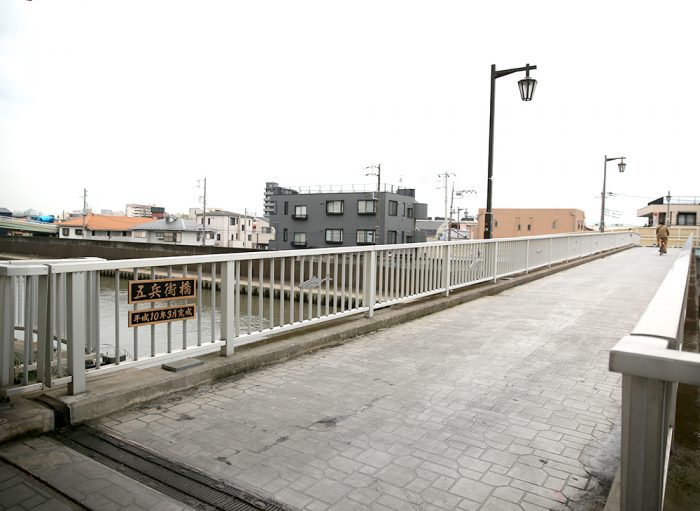
おすすめの記事











